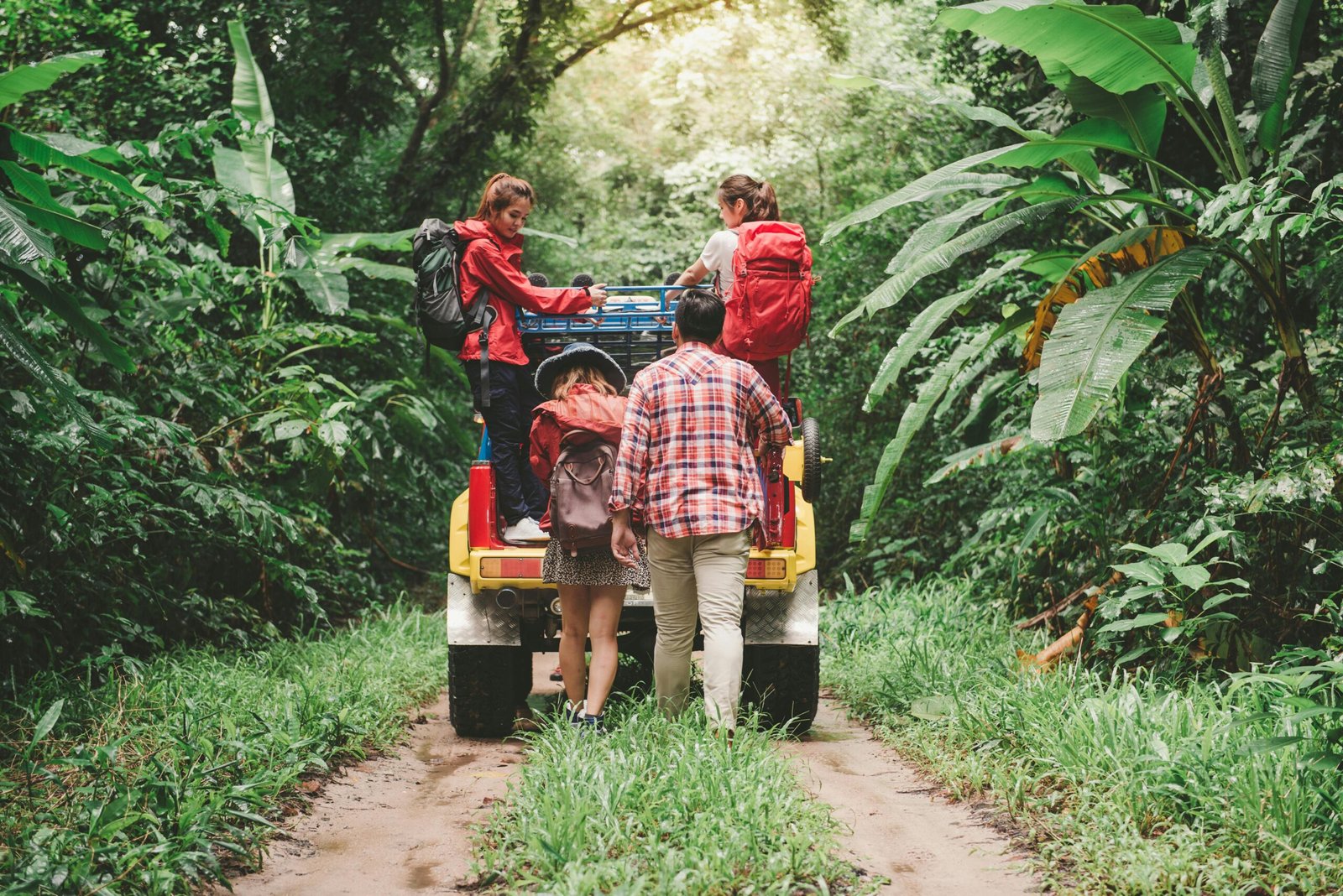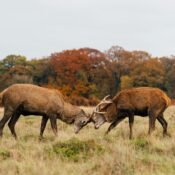
Planning the Ultimate Serengeti Road Trip
If you’ve ever dreamed of driving across endless golden plains, spotting herds of wildebeest on the move, or camping under a sky lit with a thousand stars, then a Serengeti road trip might be your ultimate adventure. Unlike traditional fly-in safaris, a self-drive or guided road trip gives you the freedom to explore Tanzania’s most iconic national park at your own pace, with the added thrill of the journey itself.
The Serengeti isn’t just a destination; it’s an experience. Spanning over 14,000 square kilometers, this UNESCO World Heritage Site is home to the world-famous Great Migration, the Big Five, and some of the most breathtaking landscapes in Africa. Here’s your complete guide to planning the perfect Serengeti road trip.
Why Choose a Road Trip?
While charter flights offer speed and convenience, they skip over the stunning countryside and authentic experiences of rural Tanzania. A road trip lets you immerse yourself in the land, watching the scenery evolve from coffee plantations to baobab-dotted plains, engaging with local culture along the way, and pulling over for impromptu wildlife sightings.
Whether you’re going solo, with friends, or booking through a tour operator, a road trip is about the freedom to explore, stop, and be fully present.
Best Route to the Serengeti
1. Arusha to Serengeti (via Ngorongoro)
- Distance: Approx. 325 km (about 8–10 hours with stops)
- Highlights: Lake Manyara, Karatu, Ngorongoro Crater, Olduvai Gorge
This is the classic safari route. Most road trippers start from Arusha, the safari capital of northern Tanzania. The journey typically begins with a stop at Lake Manyara National Park, known for tree-climbing lions and flamingo-filled shores. From there, you pass through Karatu, a small town near the Ngorongoro Conservation Area.
Don’t miss the chance to explore the Ngorongoro Crater, the world’s largest unbroken caldera teeming with wildlife. From the crater rim, descend toward the Naabi Hill Gate, the southeastern entrance to Serengeti National Park.
Ideal Itinerary for a 5–7 Day Serengeti Road Trip
Day 1: Arrive in Arusha – Pick up your 4×4, stock up on essentials, and rest
Day 2: Drive to Lake Manyara or Tarangire for a day game drive
Day 3: Continue to Ngorongoro, explore the crater, and overnight in Karatu or at the rim
Day 4: Enter Serengeti via Naabi Hill, game drive en route to central Serengeti (Seronera)
Day 5–6: Explore the Serengeti – drive north for migration if in season (July–October)
Day 7: Begin return trip or exit toward Lake Natron or Mwanza (optional)
When to Go: Best Time for a Serengeti Road Trip
The Serengeti is a year-round destination, but timing your visit with wildlife movements can take your trip from great to unforgettable.
- June to October: Dry season, best wildlife viewing, Great Migration in northern Serengeti
- November to March: Calving season in southern Serengeti—expect dramatic predator action
- April to May: Rainy season—fewer tourists and lush scenery, but road conditions can be challenging
Always check park accessibility during the rainy months if you’re self-driving.
What You’ll Need for the Trip
1. Vehicle
A 4×4 is non-negotiable. Choose a well-maintained safari vehicle with a pop-up roof if possible. Self-driving is possible, but many opt for a vehicle with a driver-guide who also doubles as a wildlife expert.
2. Park Permits & Entry Fees
All Tanzanian national parks require advance payment of park fees. Book through TANAPA (Tanzania National Parks Authority) or your tour operator. Entry is by 24-hour periods.
3. Navigation Tools
- GPS with offline maps
- Paper maps of the Serengeti and surrounding parks
- Mobile apps like Maps.me or Tracks4Africa
4. Accommodation
Options include:
- Public campsites (budget, but rustic)
- Special campsites (private and scenic, need advance booking)
- Lodges and tented camps (luxury and mid-range options inside the park)
Book early during migration seasons!
5. Essential Supplies
- Plenty of drinking water
- Fuel (top up before entering the park—fuel stations are limited)
- Snacks and non-perishable food
- Binoculars and camera gear
- First aid kit and basic medical supplies
- Flashlights and batteries
Road Safety & Tips
- Drive slowly—animals can cross unexpectedly.
- Avoid driving at night; park rules prohibit movement after 6:30 PM.
- Carry cash for small towns or emergency purchases.
- Respect speed limits and park regulations.
- Always stay in your vehicle during game drives unless at designated spots.
Wildlife Highlights
A road trip through the Serengeti is your ticket to some of the best wildlife encounters on Earth. Expect to see:
- Big Cats: Lions, leopards, and cheetahs on the prowl
- Elephants & Giraffes: Towering icons of the African bush
- Wildebeest & Zebra: Especially during the migration, over 2 million move across the plains
- Birdlife: Secretary birds, vultures, eagles, and flamingos
- Rare sightings: Caracal, serval cats, bat-eared foxes, and even rhinos near Ngorongoro
Add-On Adventures
If you want to extend your road trip beyond the Serengeti, consider:
- Lake Natron: Flamingos and dramatic volcanic landscapes
- Mwanza: A detour to Lake Victoria’s port city
- Zanzibar: End your journey with a beach escape (drive back or fly from Serengeti airstrip)
Final Thoughts
A Serengeti road trip isn’t just about reaching your destination—it’s about every dusty road, every giraffe that crosses your path, and every sunrise that greets you in the wild. It’s about slowing down, tuning into nature’s rhythm, and experiencing the untamed beauty of Tanzania up close.
So load up the Land Cruiser, roll down the windows, and let the Serengeti show you why it’s one of the greatest road trip destinations in the world.




